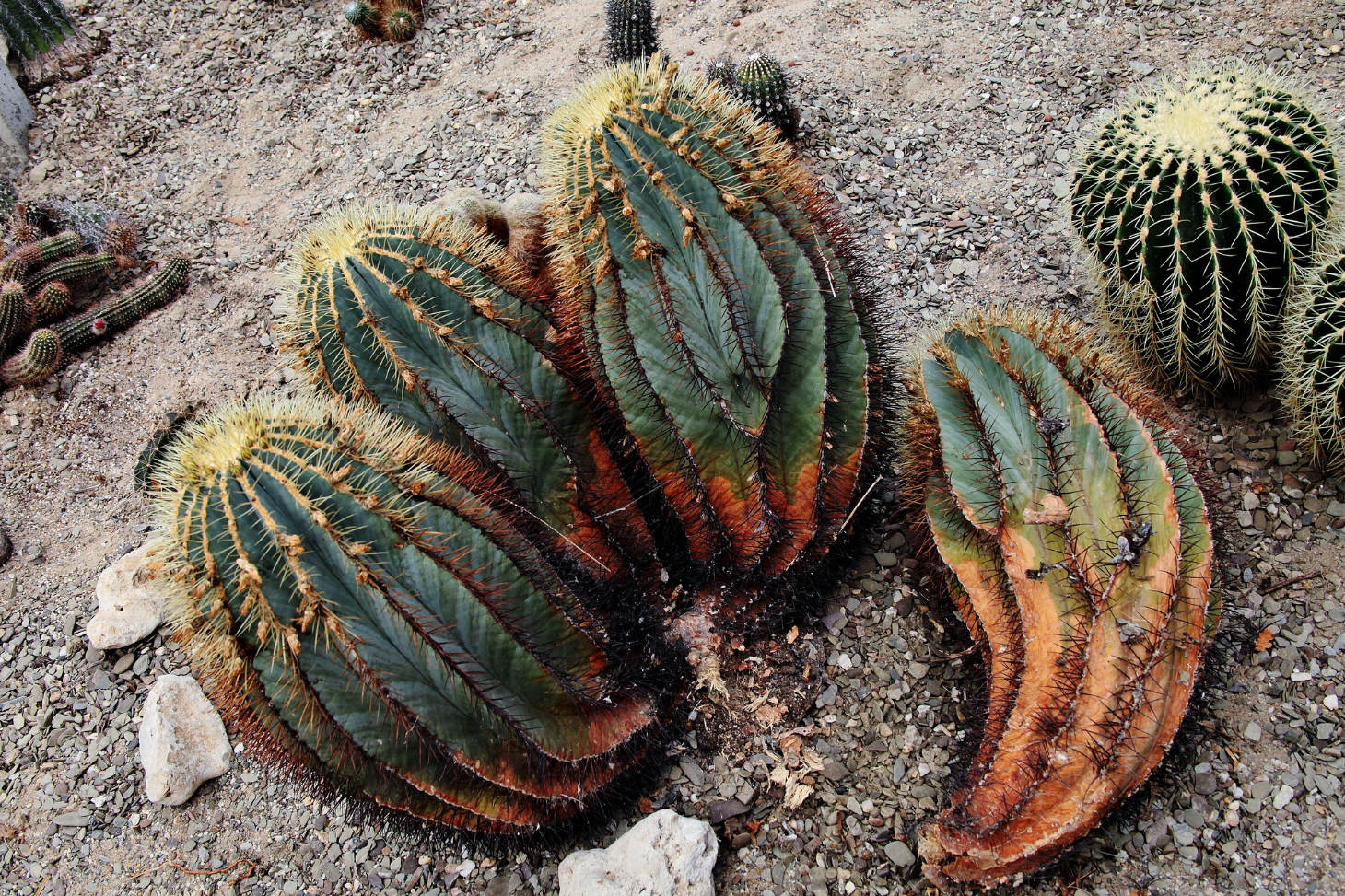Cactus Turning Black: Causes and Solutions Explained
Seeing your beloved cactus turn black can be alarming, but there’s often a clear reason behind it. Whether it’s due to overwatering, root rot, or even certain types of fungal infections, the blackening of a cactus is a signal that something needs to change in its care routine. A black cactus often indicates root rot or internal rot, which requires immediate attention so your plant can recover.
To tackle this issue effectively, it’s crucial to inspect your cactus closely. Remove it from its pot, check the roots, and cut away any black or mushy parts. This can prevent the rot from spreading and possibly save your cactus. Understanding the various potential causes behind this problem can empower you to take quick and decisive action.
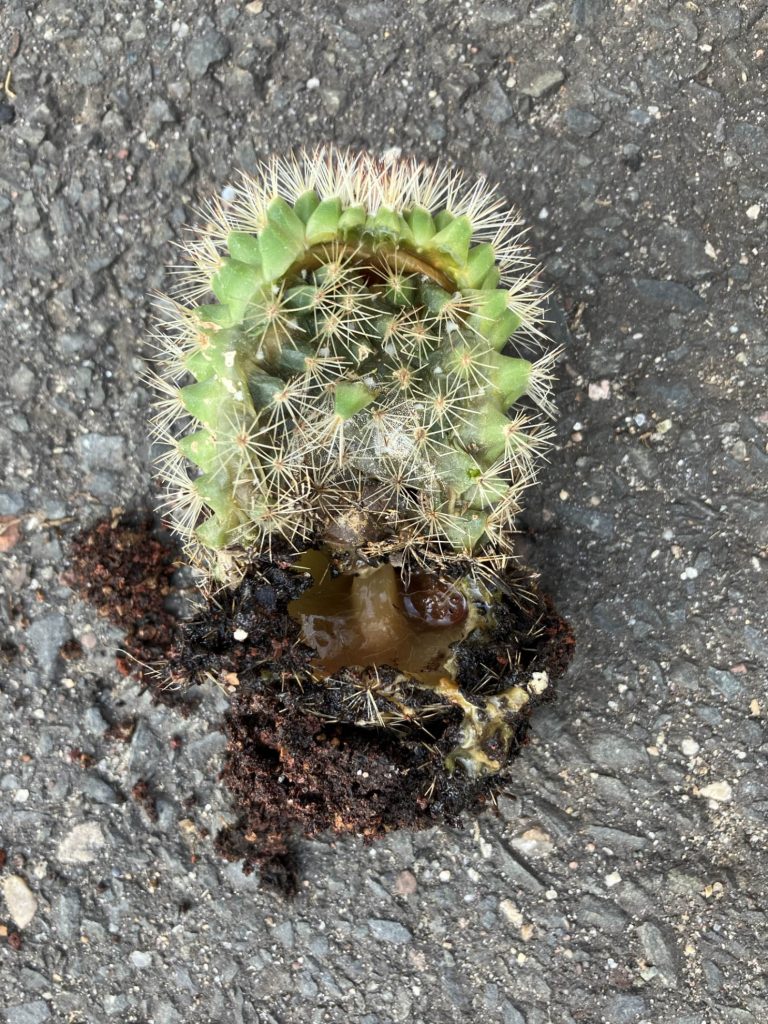
Proper watering techniques and appropriate potting mix play essential roles in maintaining a healthy cactus. Caring diligently for your cactus, recognizing early signs of distress, and making timely adjustments can make a significant difference in keeping your plant vibrant and healthy.
Key Takeaways
- Black spots often indicate root rot.
- Timely intervention can save your cactus.
- Proper care prevents most blackening issues.
Understanding Cactus Diseases
When your cactus turns black, it often signals a problem. These issues can be broad, often caused by various plant diseases, particularly fungal infections, which affect many species. This section provides insights into three key areas, helping you identify and address the challenges.
Common Causes of Stem Blackening
Cacti stems turn black for various reasons. Overwatering is a major cause, leading to a soggy environment where fungus thrives. Underwatering can also damage, but it typically affects the plant’s overall health rather than just blackening.
Mechanical damage or physical injury makes cacti susceptible to infections. If the plant has been bruised or scraped, it provides an entry point for pathogens, notably fungi and bacteria, to attack.
Identifying Fungal Infections
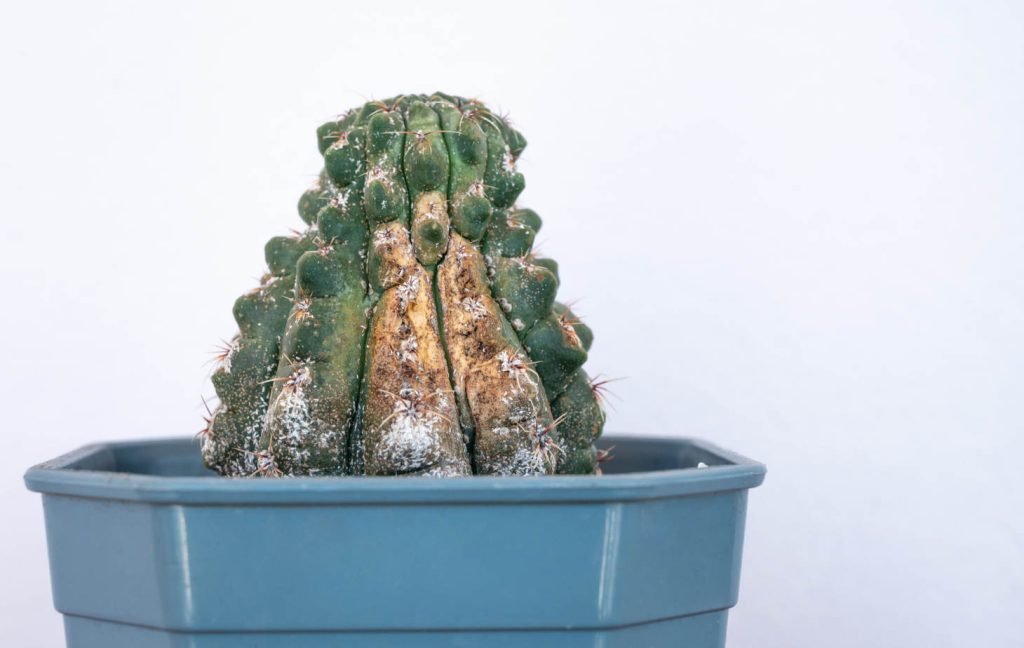
Fungal infections are common in cacti, showing up as dark spots or areas on the stems. Crown Rot is one such disease, starting at the soil line and progressing upward. It often results from specific soil-borne pathogens that thrive in overly damp conditions and poor air circulation. Bacterial Necrosis can also appear black and lead to tissue decay.
To identify fungal infections, look for discolored patches or mushy spots. Phyllosticta Pad Spotting, for example, leaves distinct dark marks. Regular checks and ensuring proper conditions like sunlight and not overwatering help prevent these issues.
Phytophthora and Its Impact
Phytophthora is a water mold that causes chaos on many plants, and cacti are no exception. It affects the roots first, causing root rot before moving to the stem. Observing blackened stems coupled with root problems signals its presence.
Managing Phytophthora involves improving drainage and avoiding waterlogged soil. You must ensure soil dries completely between waterings. Using fungicides can be effective, but prevention with good cultural practices is key. Affected plants often display increased lethality, so immediate action is needed to save them.
Preventative Measures for Plant Health
Keeping your cactus healthy involves proper drainage, careful watering, and good air flow. This helps prevent blackening stems and other problems. Understanding these elements will make a big difference.
The Importance of Good Drainage
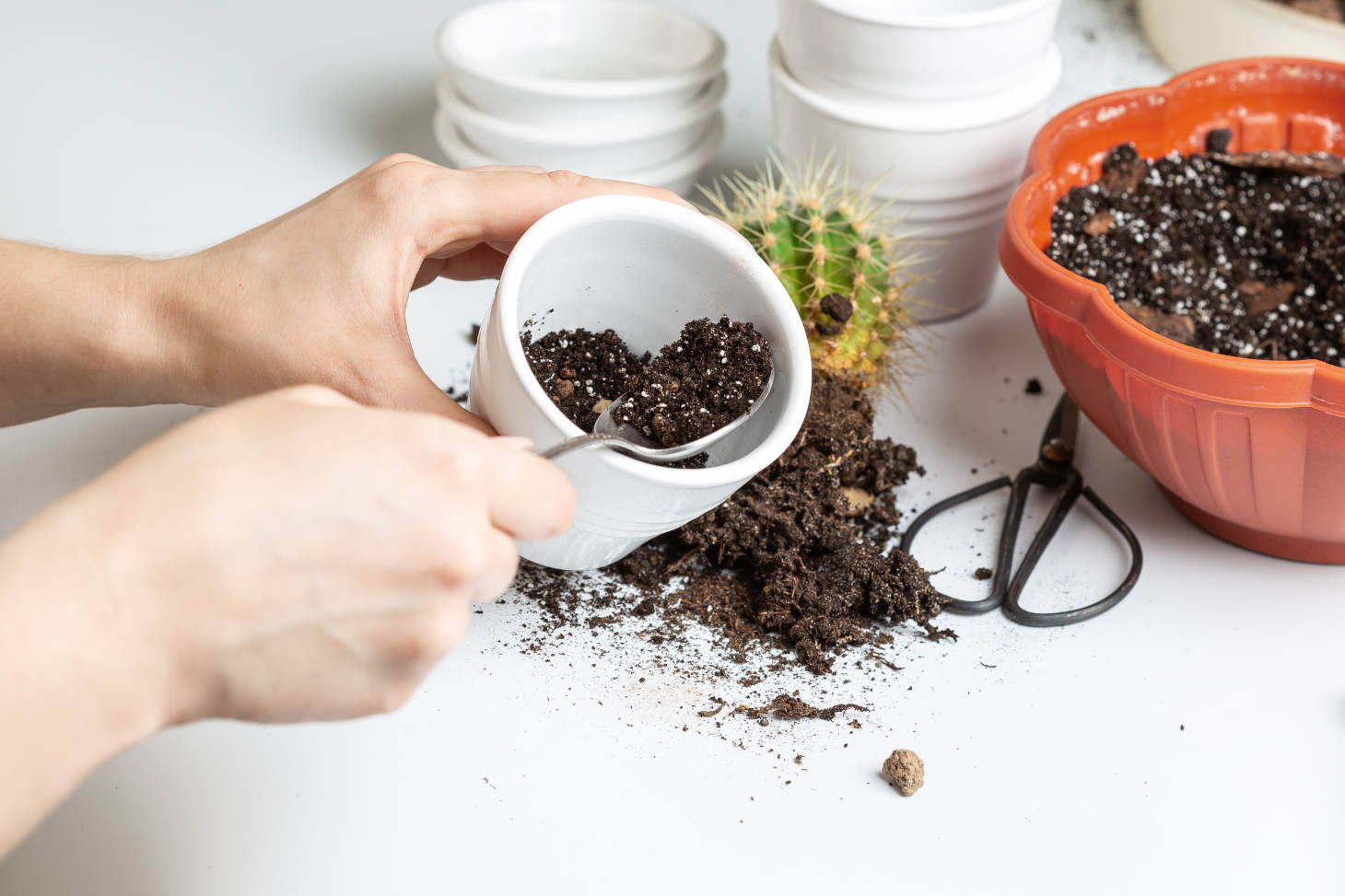
For cacti, soil drainage is crucial. Poor drainage leads to water accumulation, causing roots to rot and the plant to turn black. Use a potting mix made for cacti, which is light and airy. Add coarse materials like perlite or coarse sand to improve drainage.
Proper pot selection is also key. Pots should have multiple drainage holes to allow excess water to escape. This will keep the soil from staying too wet. Regularly check the drainage holes to make sure they are not blocked by soil or debris.
Regulating Watering Habits
Overwatering is a common issue that leads to blackening in cacti. Always let the soil dry out completely between waterings to prevent root rot. Consider the size of your cactus and the climate when deciding how often to water.
During cooler months, cacti need less water. In warmer weather, slightly more frequent watering is okay, but always keep an eye on soil moisture levels. Avoid getting water on the stems as this can lead to fungi or rot. Water directly onto the soil at the base of the plant.
Maintaining Optimal Air Circulation
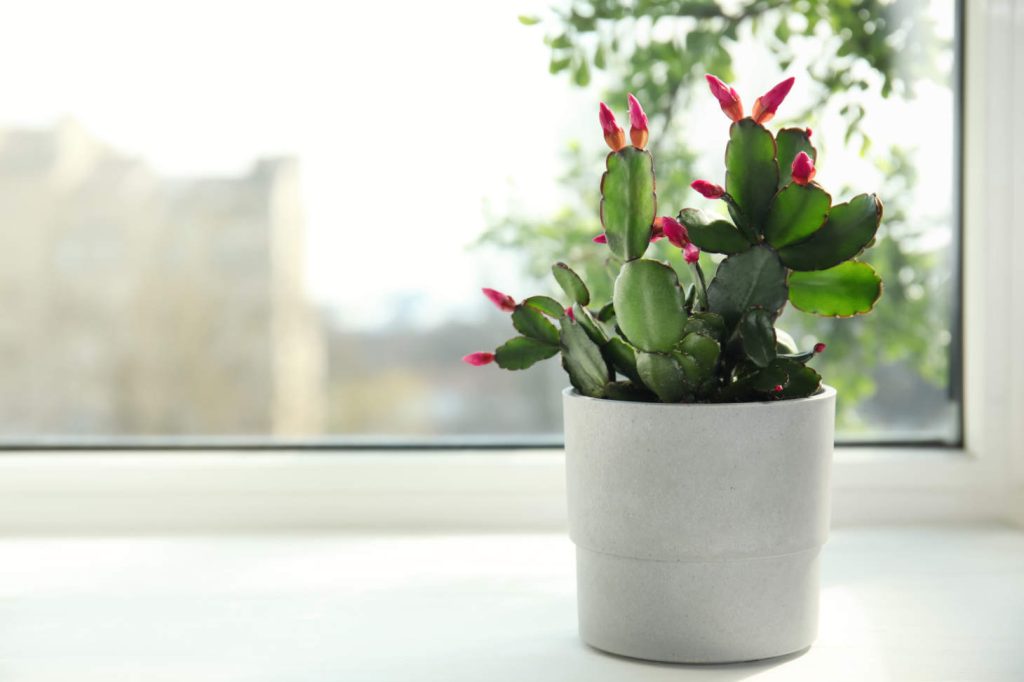
Good airflow prevents a cactus from turning black by reducing moisture and humidity that promote disease and pests. Stagnant air can cause moist conditions and high humidity, which are ideal for diseases and pests. Place your cactus in a well-ventilated area with good airflow. This ensures that moisture doesn’t linger around the plant.
Keep your plants far enough apart to allow air to circulate. Regularly check your indoor environment and use a fan if necessary to keep the air moving. Avoid overcrowded spaces where air becomes trapped and humidity levels increase.
Treatment Strategies
To address your cactus turning black, focus on using fungicides suitably and improving the growing environment. These strategies help maintain plant health and prevent further disease spread.
Using Fungicides Responsibly
Fungicides play a key role in controlling fungal infections in cacti. Start by identifying the specific fungal issue your cactus faces. This ensures you choose the right fungicide for effective treatment. Follow the label instructions closely to avoid overuse, which can harm the plant and the environment.
Apply fungicide according to the manufacturer’s instructions, targeting affected areas while ensuring the plant is not under stress and improving growing conditions. Wearing protective gear, like gloves and a mask, is a good safety measure. Proper application can prevent fungus from spreading to other plants.
Cultural Controls for Disease Management
Improving the overall conditions your cactus is in plays a major role in disease management. Ensure your cactus receives proper light to prevent etiolated growth. Proper drainage is crucial; water the cactus only when the soil is dry to prevent root rot, which leads to black discoloration.
Increase air circulation around the cactus by spacing plants apart and using well-draining pots. If indoors, consider a fan to reduce humidity levels that can promote fungus growth. These simple cultural strategies can greatly enhance your cactus’s resilience against diseases.
Cactus Species and Blackening
Various cactus species face unique challenges that might cause blackening. It’s vital to understand these signs and learn preventative measures.
Cholla Cactus: Vulnerabilities and Care
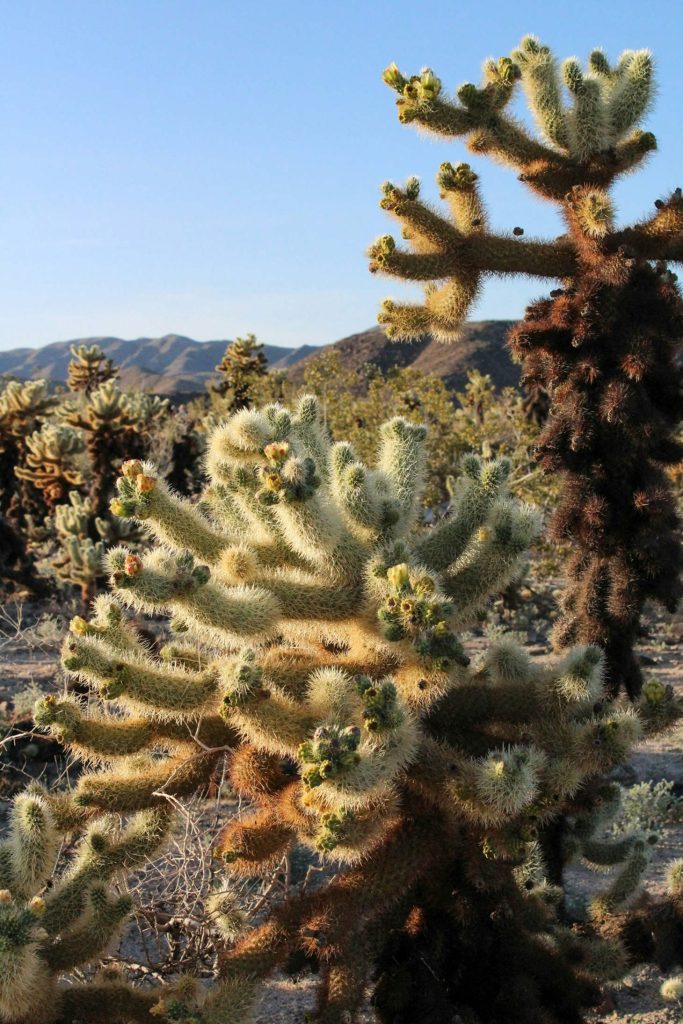
Cholla cacti are often admired for their interesting structure. Yet, they have vulnerabilities, especially when water issues occur. If you notice black spots on your Cholla, it might be a sign of bacterial or fungal infections. Care is crucial, ensuring well-drained soil and avoiding waterlogging, which contributes to root rot. It’s also essential to keep an eye on pests, as they can worsen these conditions. Regularly inspecting your Cholla and providing adequate sunlight are key steps in preventing blackening.
Saguaro Cactus: Recognizing Blackening Signs

The majestic Saguaro is susceptible to blackening, especially from sunburn or frost damage. Signs of blackening on Saguaros often include dark patches that may grow over time. It’s important to monitor these areas, especially after environmental stress like frost or extreme heat. Protecting your Saguaro by shading it from intense sunlight and avoiding overwatering is crucial. By ensuring the right balance of care, you can maintain its health and prevent blackening.
Frequently Asked Questions
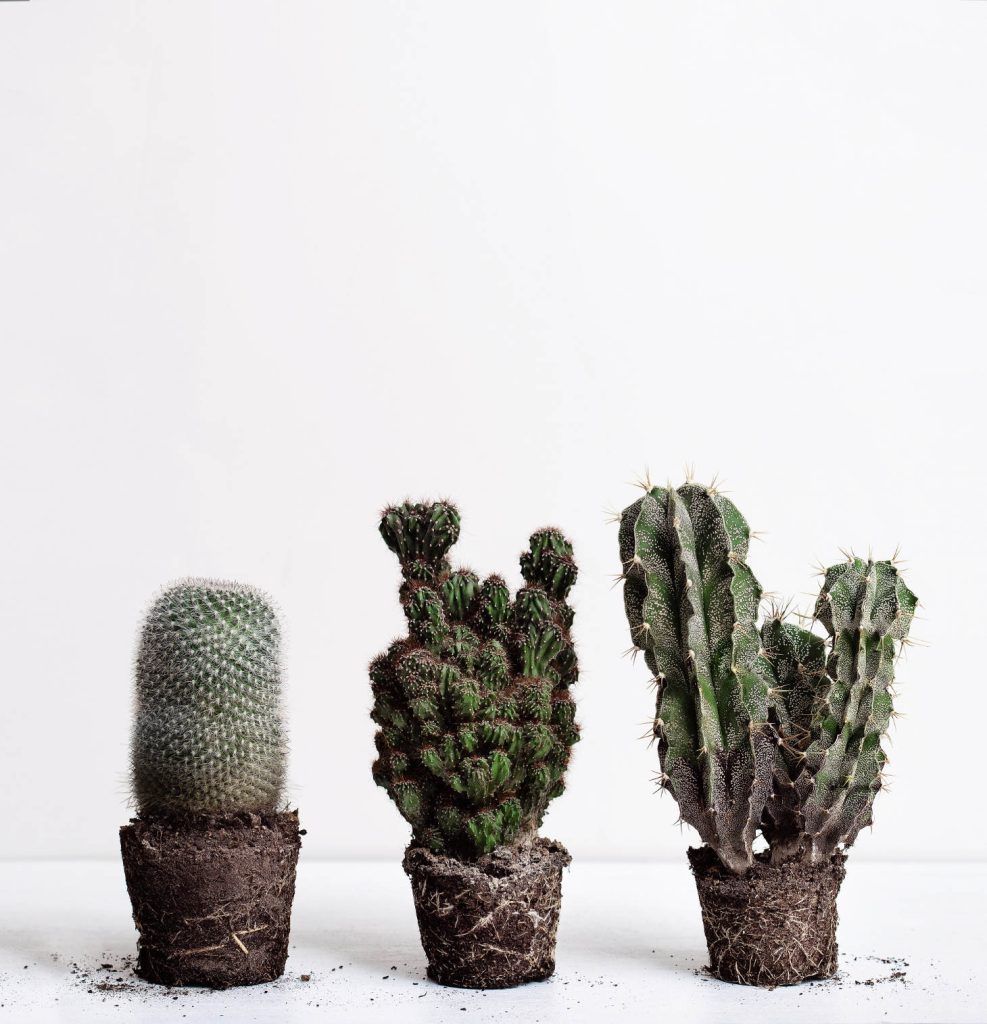
Cacti can turn black due to several factors such as pests, diseases, and improper care. Recognizing the signs early can help you take the necessary steps to save your plant.
What are the common causes of a cactus turning black?
Common causes include overwatering, fungal or bacterial infections, low light conditions, and pest infestations. Rotting from the inside is also a possibility, often shown by a change in color at the tips or areas of the plant.
How can you tell if a cactus is overwatered?
Signs of overwatering include the cactus becoming soft and mushy to the touch, or a blackening at the base. Soil that remains wet for long periods could be an indicator, as well as leaves or pads appearing excessively swollen.
Is it possible to save a cactus that has started turning black?
Yes, it is possible if action is taken quickly. Removing any black, rotting parts is essential. Ensuring that the cactus is in the right environment, with proper lighting and watering schedule, can help it recover.
What steps should be taken when you notice black spots on your cactus?
First, inspect your cactus to determine the extent of the damage. Cut away any affected areas with a sterile knife. After trimming keep your plant in an area with good light and unsure it gets proper hydration to encourage healing.
How can environmental factors contribute to a cactus turning black?
Environmental factors such as low light and high humidity can contribute to blackening. Cacti generally thrive in bright, dry conditions. If they are placed in an unsuitable environment, it can lead to stress and make them susceptible to disease.
What are the signs of rot in cacti and how can it be treated?
Rot in cacti is often indicated by a soft, black, or foul-smelling area. To treat it, immediately remove the affected parts of the cactus. It’s crucial to maintain a proper watering schedule and avoid excess moisture to prevent further rot.

